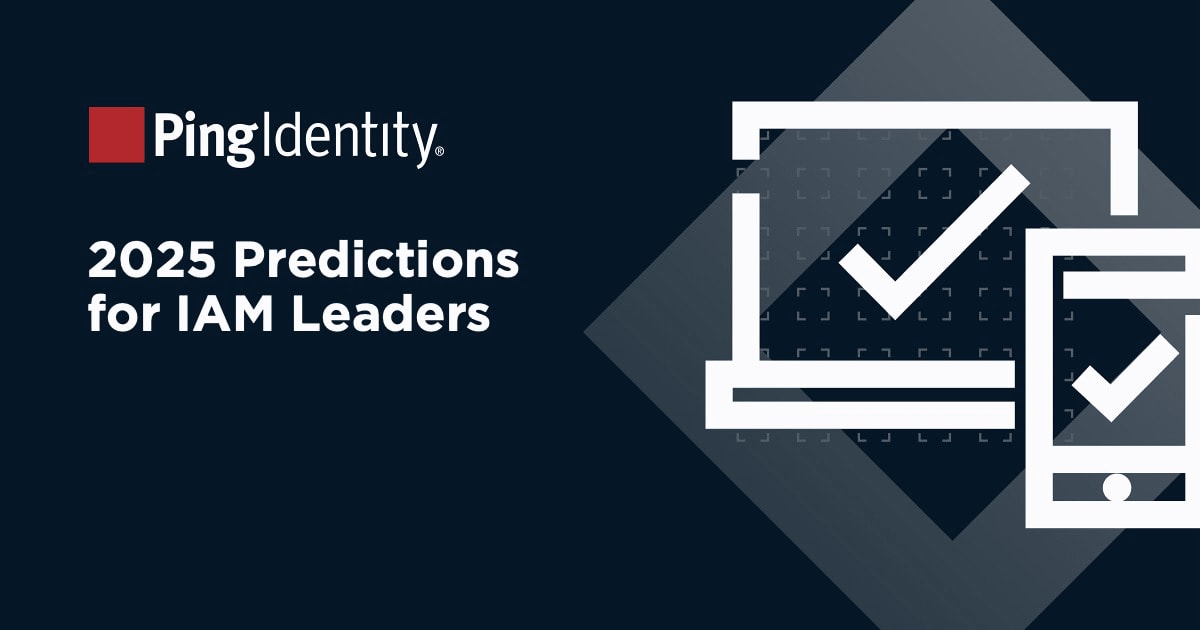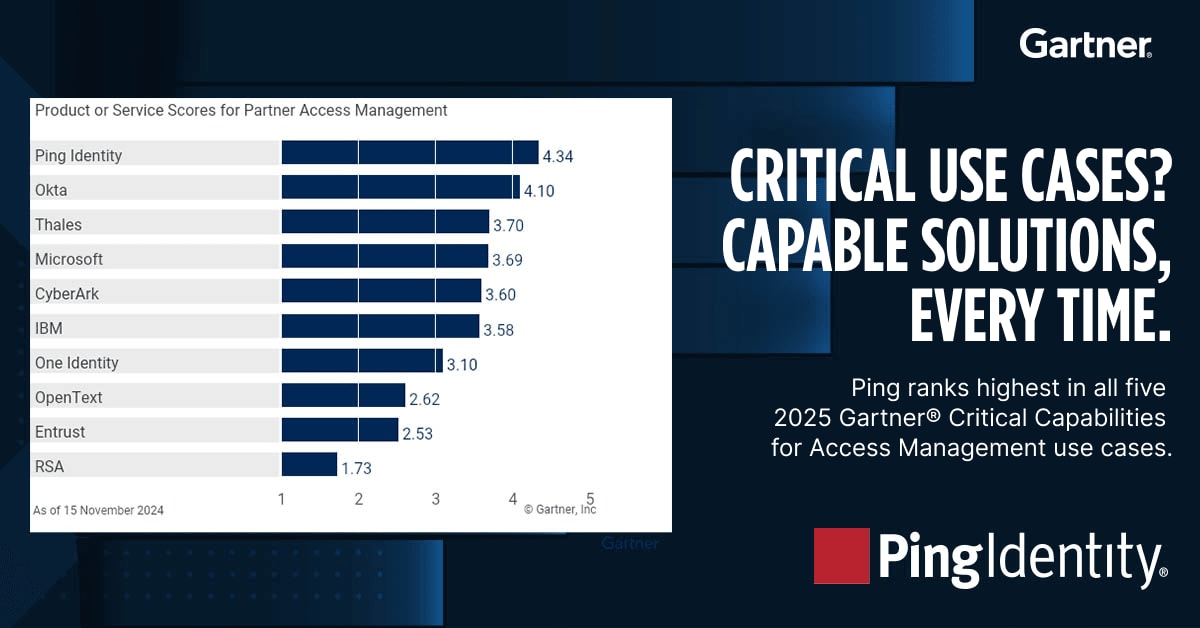As API adoption continues to increase, it is vital that you implement an API security strategy to handle the challenges introduced by these prime attack targets. But while IT and security teams accustomed to securing web applications have an arsenal of best practices to prevent, discover and mitigate threats at the application level, these approaches were not designed to detect or prevent attacks that exploit the unique vulnerabilities of individual APIs.
So how do you know if your API security program has the necessary measures in place to stop this new category of threats? Consider the following questions:
- Do you know about all APIs in your organization?
- Are you able to track traffic on each API?
- Can you detect anomalous behavior on each API?
- Can you detect insider or external attacks on data and applications exposed via your APIs?
- Do you know what clients are connecting to each API?
- Can you perform detailed forensic or compliance reporting on each API?
If you answered “no” to any of these questions, it could indicate your organization’s API security plan is not enough and your APIs are vulnerable to attack. You need an effective API security strategy, one that builds off of traditional web application security practices but also includes measures to discover and stop threats specific to this new attack vector.


